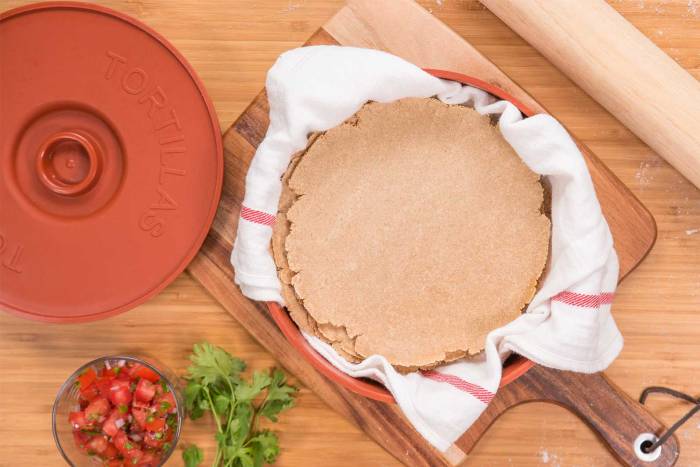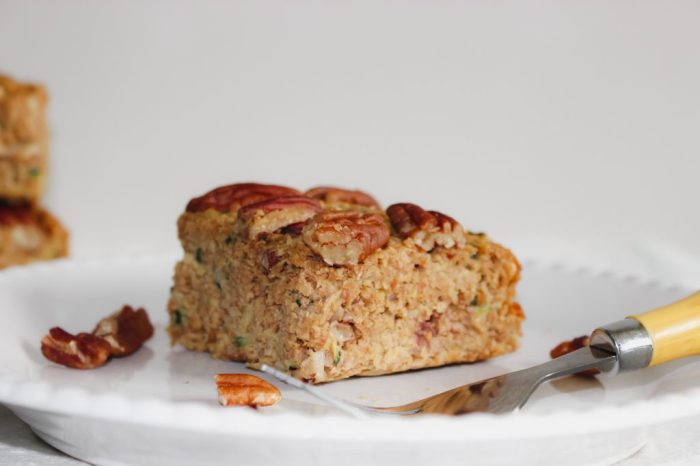DIY oat flour offers a delicious and nutritious alternative to store-bought options, empowering you to control the quality and freshness of your baking ingredients. This simple process transforms whole oats into a versatile flour that can be used in a wide range of recipes, from classic cookies and cakes to gluten-free treats and savory dishes. Whether you’re a seasoned baker or a kitchen novice, making your own oat flour is a rewarding endeavor that allows you to enjoy the wholesome goodness of oats while embracing a sustainable and cost-effective approach to baking.
Beyond its culinary versatility, DIY oat flour boasts a wealth of health benefits. Its high fiber content promotes digestive health, while its complex carbohydrates provide sustained energy. Oats are also a good source of protein, iron, and essential vitamins and minerals. Incorporating DIY oat flour into your baking routine can be a simple yet impactful way to enhance the nutritional value of your favorite treats.
DIY Oat Flour

Making your own oat flour is a simple and rewarding process, allowing you to control the quality and freshness of your ingredients. It’s a versatile flour that can be used in a variety of recipes, from pancakes and cookies to bread and pizza crusts.
Making Oat Flour with a Blender or Food Processor
Making oat flour at home is easy and requires minimal equipment. You can use a blender or a food processor to achieve a fine, consistent texture.
- Start with Rolled Oats: Choose old-fashioned rolled oats for the best results. Avoid quick-cooking or instant oats, as they have a different texture and may not yield the desired consistency.
- Measure Your Oats: For a standard cup of oat flour, you’ll need about 1 1/4 cups of rolled oats. This is because oats absorb moisture during the grinding process, resulting in a smaller volume of flour.
- Pulse, Don’t Blend: To avoid over-processing and creating a paste-like consistency, pulse the oats in short bursts until you achieve a fine, powdery texture.
- Sift for Smoothness: After grinding, sift the oat flour through a fine-mesh sieve to remove any larger oat particles. This ensures a smoother texture and prevents clumps in your recipes.
Tips and Tricks for Achieving the Desired Consistency
Here are some tips and tricks to help you achieve the perfect consistency for your oat flour:
- Use a High-Powered Blender or Food Processor: For a finer, smoother texture, opt for a blender or food processor with a powerful motor. This ensures efficient grinding and prevents large oat pieces from remaining.
- Don’t Over-Grind: Over-grinding can create a paste-like consistency. Keep an eye on the texture and stop pulsing once the oats have reached a fine, powdery texture.
- Store Properly: Store your homemade oat flour in an airtight container in a cool, dry place. This will help maintain its freshness and prevent moisture absorption.
Types of Oats and Their Suitability for Oat Flour
The type of oats you choose can affect the texture and flavor of your oat flour.
| Type of Oats | Suitability for Oat Flour |
|---|---|
| Old-fashioned Rolled Oats | Best choice for oat flour. Provides a hearty, slightly nutty flavor and a good texture. |
| Quick-Cooking Oats | Not ideal for oat flour. They tend to be more finely ground and may result in a dense, gummy texture. |
| Instant Oats | Not recommended for oat flour. They are pre-cooked and may produce a mushy texture. |
Oat Flour for Healthier Baking

Oat flour is a versatile and nutritious ingredient that can be used in a variety of baking recipes. It is made from ground oats, which are a good source of fiber, protein, and vitamins. Oat flour can be used as a substitute for all-purpose flour in many recipes, and it can also be used to create unique and flavorful baked goods.
Benefits of Oat Flour
Oat flour offers several health benefits, making it a popular choice for those seeking healthier baking options. It is a good source of fiber, which helps to regulate digestion and lower cholesterol levels. Oat flour is also a good source of protein, which helps to keep you feeling full and satisfied after eating. Additionally, oat flour is rich in vitamins and minerals, including iron, magnesium, and zinc.
Impact on Blood Sugar Levels
Oat flour has a lower glycemic index (GI) than all-purpose flour, meaning it does not cause rapid spikes in blood sugar levels. This makes oat flour a good choice for people with diabetes or those who are trying to manage their blood sugar levels. The soluble fiber in oat flour helps to slow down the absorption of sugar into the bloodstream, leading to a more gradual and sustained release of energy.
Impact on Cholesterol, Diy oat flour
Oat flour contains beta-glucan, a type of soluble fiber that has been shown to lower cholesterol levels. Beta-glucan works by binding to cholesterol in the digestive tract and preventing its absorption into the bloodstream.
Nutritional Value of Oat Flour Baked Goods
Oat flour baked goods are generally more nutritious than traditional baked goods made with all-purpose flour. This is because oat flour is a good source of fiber, protein, and vitamins. Oat flour baked goods are also lower in calories and fat than traditional baked goods.
For example, a typical 100-gram serving of oat flour cookies contains about 2 grams of fiber, 4 grams of protein, and 150 calories. In contrast, a 100-gram serving of traditional cookies made with all-purpose flour typically contains only 1 gram of fiber, 2 grams of protein, and 200 calories.
DIY Oat Flour
Making your own oat flour is a great way to control the quality and freshness of your ingredients, and it can be a more sustainable option than buying pre-made flour. However, it’s essential to consider the cost and environmental impact of this choice.
Cost Comparison
The cost of making oat flour at home versus buying it from a store depends on several factors, including the price of oats and the amount of flour you need.
- Cost of Oats: Buying oats in bulk can be cheaper than purchasing smaller packages. You can often find good deals on oats at warehouse stores or online retailers.
- Cost of Making Oat Flour: The cost of making oat flour at home is minimal, mainly the cost of electricity for running the blender or food processor.
- Cost of Store-Bought Oat Flour: The price of store-bought oat flour can vary depending on the brand, size, and type of flour.
To determine the most cost-effective option, compare the price of a specific quantity of oats to the price of the same quantity of oat flour from a store.
Environmental Impact and Sustainability
Using oat flour can be a more sustainable choice than using other types of flour, such as wheat flour.
- Reduced Carbon Footprint: Oats are a relatively low-carbon crop compared to other grains like wheat.
- Sustainable Farming Practices: Oats are generally grown using more sustainable farming practices, which minimize the use of pesticides and fertilizers.
- Reduced Packaging Waste: Making your own oat flour eliminates the need for pre-packaged flour, reducing packaging waste.
However, the environmental impact of oat flour production can be influenced by factors like transportation and processing. Choosing locally sourced oats and minimizing processing steps can further enhance sustainability.
Minimizing Food Waste
Making your own oat flour can be a great way to reduce food waste.
- Use Old Oats: Use oats that are nearing their expiration date to make oat flour. This prevents them from going to waste.
- Store Properly: Store oat flour in an airtight container in a cool, dry place to maintain freshness and prevent spoilage.
- Use in Recipes: Utilize oat flour in various recipes, such as pancakes, muffins, and cookies, to ensure it doesn’t go to waste.
By making conscious choices and using oat flour wisely, you can contribute to a more sustainable and environmentally friendly approach to baking.
With its ease of preparation, versatility, and health benefits, DIY oat flour stands as a compelling choice for home bakers. By embracing this simple yet rewarding process, you can enjoy the satisfaction of crafting a high-quality, nutritious ingredient that elevates your baking creations. From classic recipes to innovative culinary adventures, DIY oat flour empowers you to explore a world of possibilities, one delicious bite at a time.

